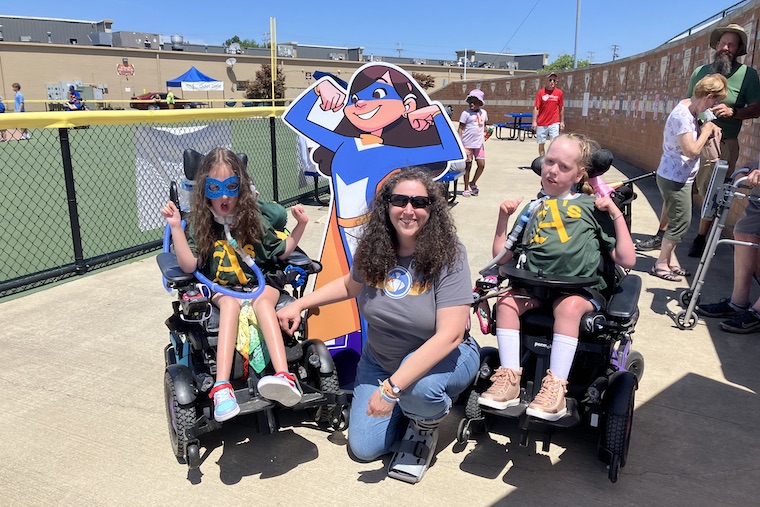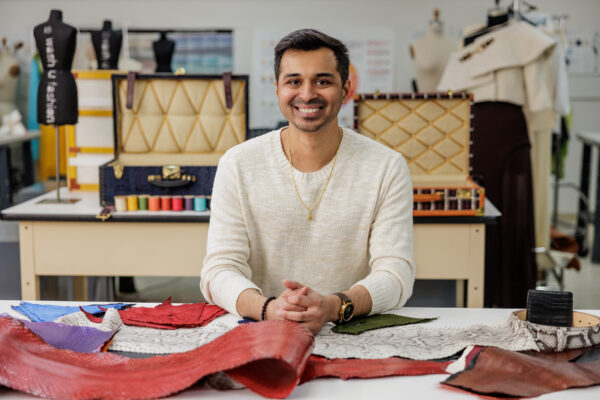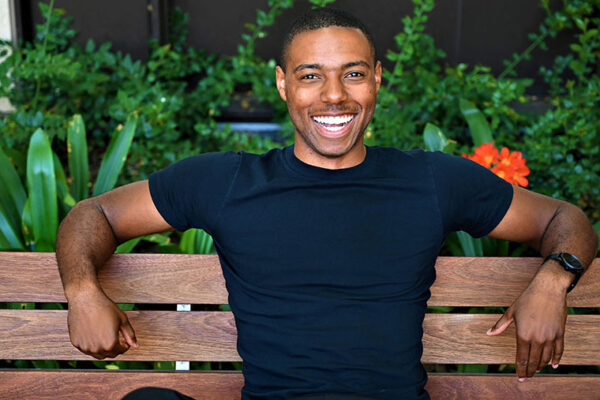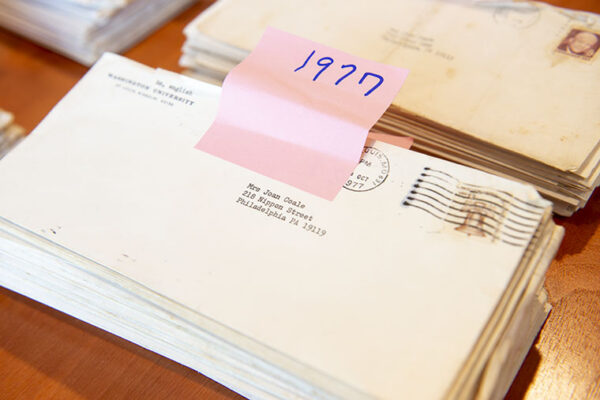While she lacks X-ray vision and the ability to fly, Lisa Kollins, AB ’96, possesses superpowers enabling her to inspire and spread kindness. As founder and executive director of The Superhero Project, Kollins has recruited a global league of volunteer artists — more than 750 so far — to depict kids with serious health issues as superheroes.
The Superhero Project’s origin story dates to the summer of 2016, when Kollins worked at a camp for kids with HIV/AIDS. “That summer’s theme was finding their inner superhero, and I wanted to have artists design posters of the campers as superheroes,” she says.
The artists received photos of the campers, descriptions of how they would help the world, and their ideas for the appearance of their heroic alter egos. “The images really captured the strength, spunk and spirit of each of these campers,” Kollins says. “It was a beautiful moment when the kids first saw their images, and I knew I wanted to do something like this again.”
She started visiting oncology and hematology units at a local children’s hospital in Cleveland and discovered that many kids battling critical illnesses were also living with lifelong disabilities. “I knew this was another population that would benefit from seeing themselves celebrated,” she says.
Kollins began searching for more artists, interviewing kids and creating an online presence for The Superhero Project. She started getting requests from families and organizations outside the hospital, then from outside Ohio, and then from across the world. An angel donor offered a $50,000 gift to help her continue expanding, and The Superhero Project officially became a nonprofit in late 2020.
Needing to devote more time to the organization, Kollins left her social justice and child studies job at Case Western Reserve University to focus on The Superhero Project full time. Thanks to a grant, she hired another full-time person and has since added part-time staff. “Our work is guided by four core values: imagination, inclusion, representation and joy,” she says.
Until recently, Kollins conducted nearly all the kids’ interviews herself — over 1,700 – and wrote the character story that accompanied each poster. “I’m now delegating more to our interview crew and squad of creative writers, but I’ll never stop doing the interviews altogether,” she says.
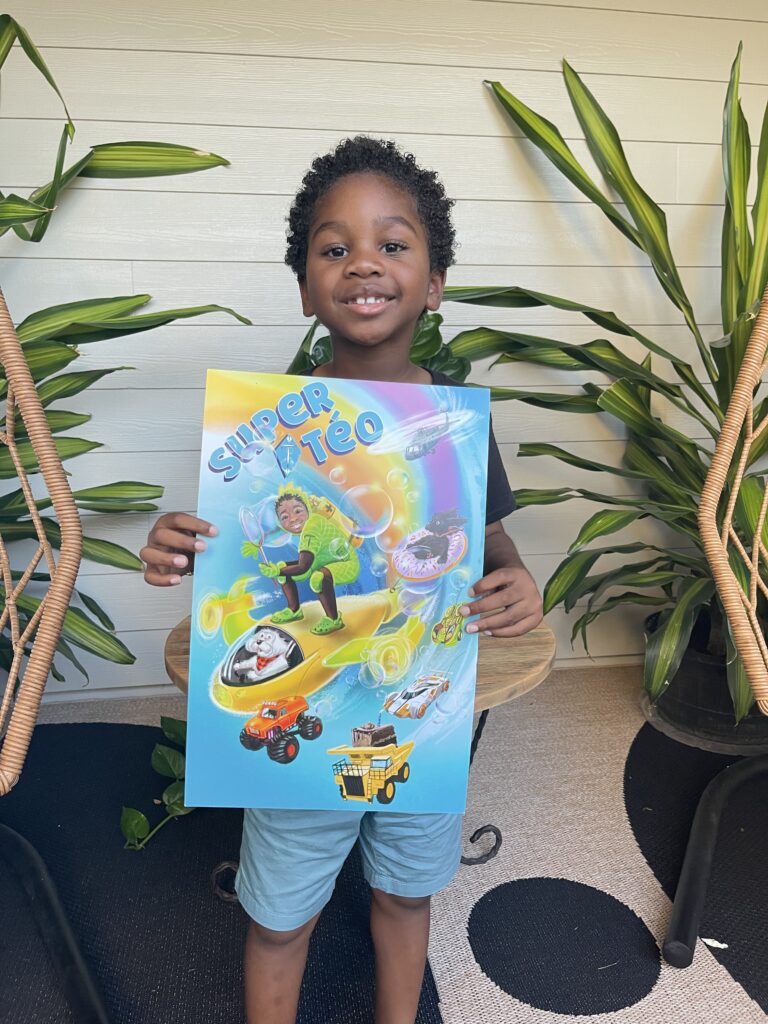
While all the families she’s worked with have great stories, a few stand out. One family had a son undergoing treatment for an incurable type of cancer. “I received a video of Ben seeing his superhero for the first time, and being able to witness the big reveal was amazing,” Kollins says. “He pointed at the nasogastric (NG) tube on his character and said, ‘I have my energy tube that gives me the energy to fly!’ That moment helped me understand the positive impact of these images.”
Another memorable kid was Harrison, who was also undergoing treatment for cancer. “Harrison hung his superhero poster on his hospital room wall, alongside posters of Spider-Man and Lego Batman,” Kollins says. “Seeing how he physically put himself in that pantheon was powerful.”
What’s the best superpower she’s heard? “One boy wanted to stop bad guys by catapulting big chocolate cakes into their faces so they couldn’t see where they were going,” she says.
To run The Superhero Project, Kollins herself needs a variety of superpowers, and she credits her dual majors in drama and interdisciplinary studies for helping her succeed. “My WashU education helped me thrive in an interdisciplinary environment and showed me how to use visual assets to make an impact,” she says.
Kollins’ job experiences in education, professional theater, bereavement support, social justice and child studies also gave her the resilience and encouragement she needed to make her superhero dream a reality.
“The psychology faculty I worked with at Case Western Reserve University helped me understand that The Superhero Project had the power to be transformative and make a significant impact on kids’ lives,” Kollins says. “Parents report that participation increases self-confidence, fosters resilience, inspires hope and builds feelings of community and connection. Art truly is a tool to heal and empower.”
To get involved with The Superhero Project, either as a volunteer artist or as a family with an eligible child who wants to turn into a superhero, visit superheroprojectkids.org.
